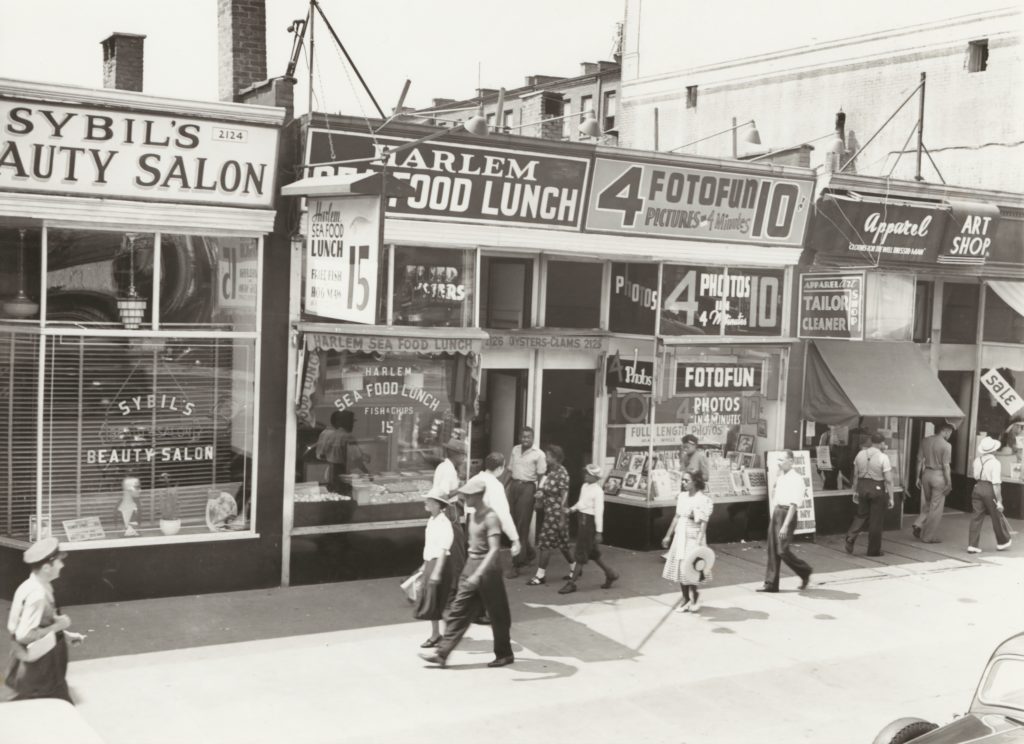Book review: The Warmth of Other Suns
I’m not going to review Isabel Wilkerson’s phenomenal book so much as I’ll review what I learned from it.
“The Warmth of Other Suns: The Epic Story of America’s Great Migration” fills in a gap in American history, giving a comprehensive account of movement of millions of Black Americans from the South to the North and West, 1915-1970. It illuminates important paths—geographical, social, political—of American history on the national and personal scale.
This book, as Wilkerson says in an insightful afterward, is really three projects in one:
First, it’s an oral history. Wilkerson, a New York Times journalist interviewed nearly 1,200 people over the span of a decade to learn the personal stories of individuals and families who decided to leave the poverty, injustice, and terror of the post-Reconstruction American South for opportunities in northern and western cities: Chicago, New York, and Los Angeles. And also Detroit, Cleveland, Milwaukee, Oakland, and dozens of others.
Second, it’s a nonfiction narrative about three main characters: Ida Mae, George, and Robert. I felt I knew them well by the end of the book. The details of their life stories, with accounts starting in the 1920s and extending through 1999, are unique yet contribute representative portraits of migrants from three of the main routes out of the South.
Ida Mae Gladney moves with her sharecropper husband and their three kids from rural Mississippi to Chicago starting in 1937. George Starling escapes a near-lynching (for trying to organize citrus fruit pickers) in Florida and settles in New York City’s Harlem. And Robert Pershing Foster drives from his hometown in Louisiana to pursue his medical career in LA.

Third, it’s a study. Wilkerson draws on newspaper accounts and research contemporary with the migration, as well as more recent scholarship, to form the personal stories into a larger history of this 55-year movement. She argues that migrants from the South were courageous, resourceful, and determined, ultimately benefiting—not harming, as others have argued—the communities in the North and West they arrived in and transforming America as we know it.
“It was, if nothing else,” she writes, “an affirmation of the power of an individual decision, however powerless the individual might appear on the surface.”
This book gave me an intimate look inside the American South. The three stories serve as personal verification of the absurd (a word Wilkerson used often) nature of legal segregation and the atrocities committed against Black American citizens to enforce it. It gave names, faces, and circumstances to the theoretical ideas floating around this decade and this year: systemic racism, racial injustice, police brutality.
I’m the Detroit-born descendant of eastern European immigrants. My people arrived around the same time to the same places as the participants in the Great Migration. But because of the racial divides in this country, white Europeans gained stark advantages over black Americans, city by city, street by street, job by job.
These advantages remain today. And one of the benefits is ignorance. It’s been easy in the past for me and others of my demographic to minimize or ignore the legacies of legal apartheid in the South and blatant discrimination in the North. Yet these form the bedrock of injustice, wealth gaps and tension between whites and blacks now.
Martin Luther King Jr.’s 1966 campaign in Chicago was met with aggression (shouts, violently-worded signs, Nazi insignia) by 4,000 working-class whites: Poles, Germans, Lithuanians, and Italians. Wilkerson writes that King was fighting an illusive and maybe unconquerable foe: “the ill-defined fear and antipathy that made northern whites flee at the sight of a black neighbor, turn away blacks at realty offices, or not hire them if they chose.”
“The ‘enemy’,” Wilkerson goes on, “was a feeling, a general unease that led to the flight of white people and businesses and sucked the resources out of the ghettos the migrants were quarantined into. No laws could make frightened white northerners care about blacks enough to permit them full access to the system they dominated.” (387)
I recognize that ‘enemy’ feeling. I felt it as a child visiting Detroit—where I was born but no longer lived. I feel it now as I, my community, and this country wake up to the deep-seeded facts that keep neighborhoods, schools, and workplaces segregated by color.
“The Warmth of Other Suns” showed me the roots of that fear. This helps me to understand it and transcend it. Systemic racism is baked into the history, laws, and personal daily lives of our country. Not a thing of the past: Now.
For all its stark lessons, this book also invited me into Black southern culture: the food, the faith, the community. It’s clear that the book’s three main characters left the South, but the South did not leave them.
I’m left with an appreciation of how important extended families, Christian congregations, and friend circles were to Black Americans at every step of the migration. In contrast, the suburban fortresses that exemplify success today (big house, silent street, automatic garage door that shuts the residents in) seem diminished. I think privileged readers of this book—the financially secure, the educated, the white—have much to learn from the people and communities depicted in it about spiritual riches and resilience.
In “The Warmth of Other Suns,” Wilkerson mentions a caste system frequently. Her next book, “Caste: The Origins of our Discontents,” came out this year, clearly with related issues. I look forward to reading it.